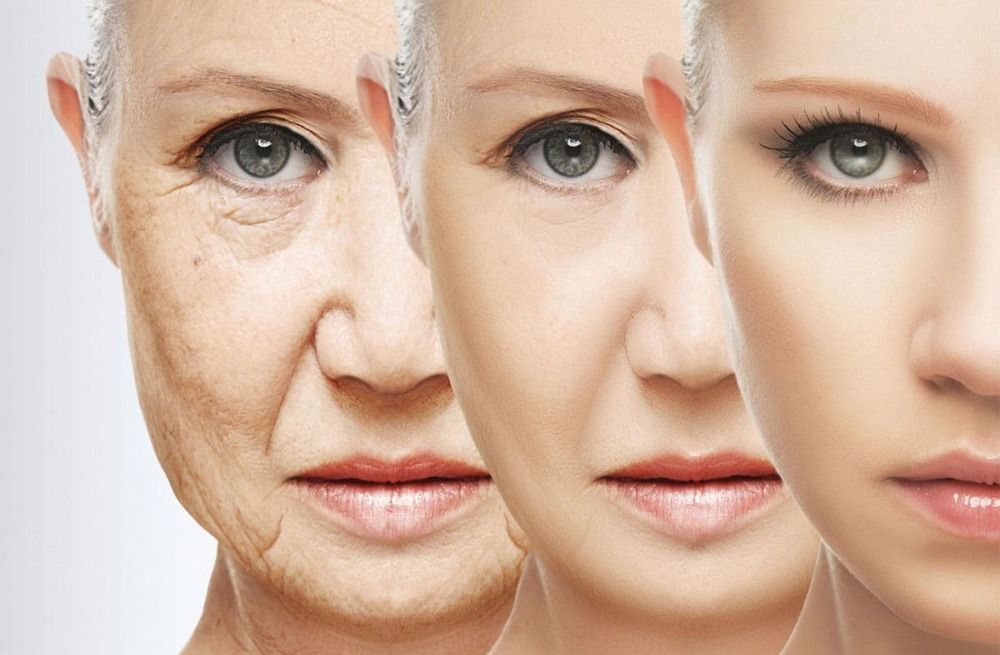Evidence that quantum searches are an ordinary feature of electron behavior may explain the genetic code, one of the greatest puzzles in biology.
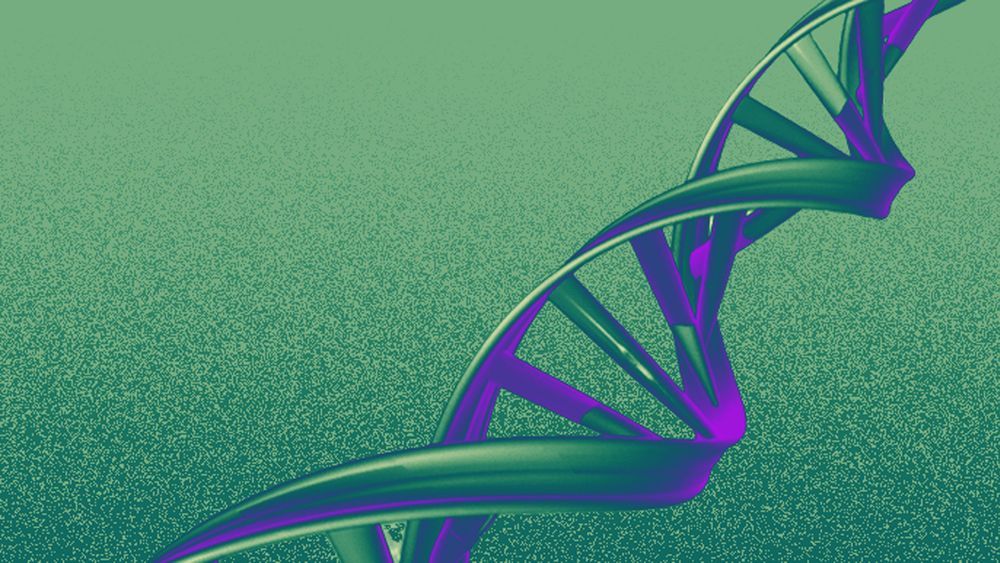

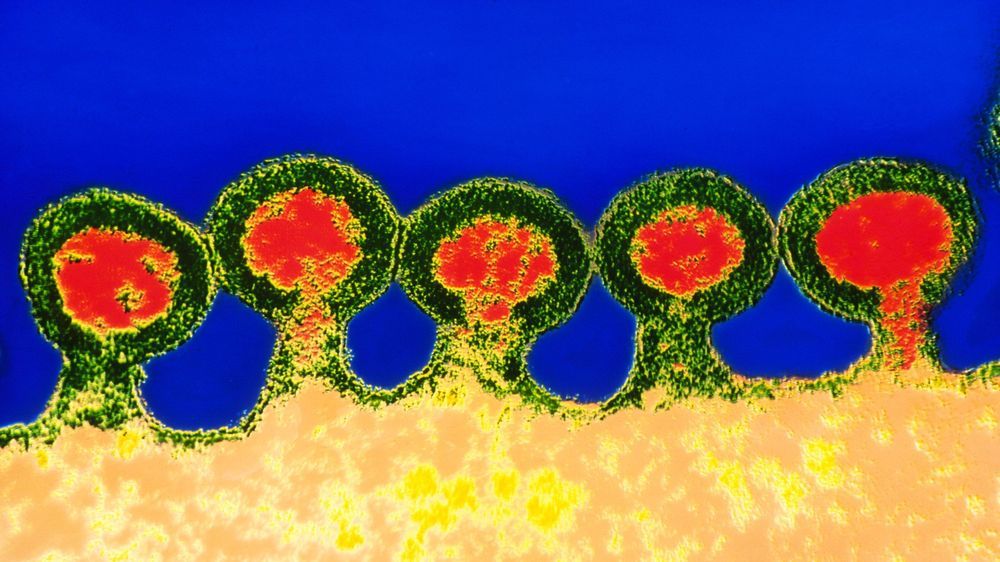
In July of 2017, doctors in Beijing blasted the patient with chemicals and radiation to wipe out his bone marrow, making space for millions of stem cells they then pumped into his body through an IV. These new stem cells, donated by a healthy fellow countryman, would replace the patient’s unhealthy ones, hopefully resolving his cancer. But unlike any other routine bone marrow transplant, this time researchers edited those stem cells with Crispr to cripple a gene called CCR5, without which HIV can’t infiltrate immune cells.
For the first time, a patient got treated for HIV and cancer at the same time, with an infusion of gene-edited stem cells. The results? Mixed.

San Francisco.
Gene-editing technology offers the potential to treat inherited disorders with selective edits and corrections to an afflicted individual’s genetic code. But with such molecular tinkering comes with the risk of unintended changes to the genome.
Biotech startup Trucode Gene Repair is developing technology that it claims can edit genes in a way that reduces the risk of these so-called “off-target effects.” The South San Francisco company is announcing Tuesday that it has raised $34 million to support its research. Trucode disclosed that its investors in the financing include Kleiner Perkins and GV.
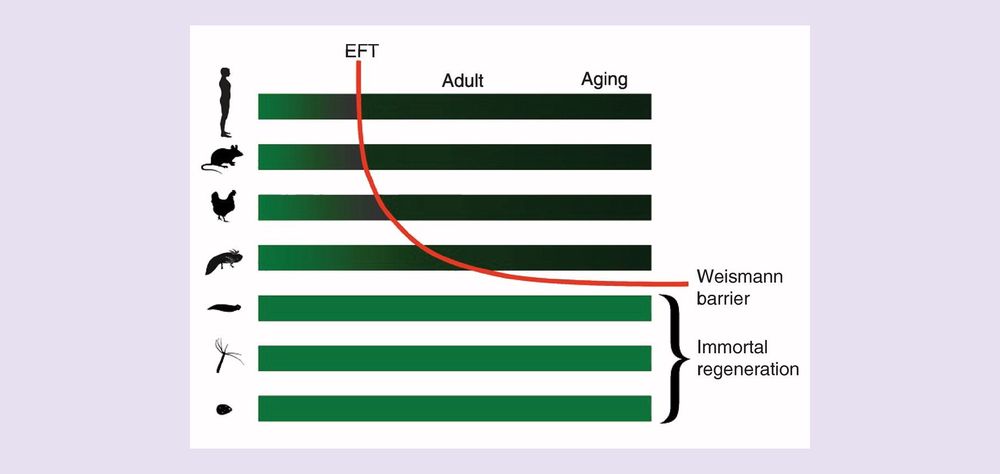
Growing evidence supports the antagonistic pleiotropy theory of mammalian aging. Accordingly, changes in gene expression following the pluripotency transition, and subsequent transitions such as the embryonic–fetal transition, while providing tumor suppressive and antiviral survival benefits also result in a loss of regenerative potential leading to age-related fibrosis and degenerative diseases. However, reprogramming somatic cells to pluripotency demonstrates the possibility of restoring telomerase and embryonic regeneration pathways and thus reversing the age-related decline in regenerative capacity. A unified model of aging and loss of regenerative potential is emerging that may ultimately be translated into new therapeutic approaches for establishing induced tissue regeneration and modulation of the embryo-onco phenotype of cancer.
Keywords:
Aging is often defined as a progressive deterioration of an organism over time, wherein the risk of mortality increases exponentially with age in the postreproductive years. Although everyday environmental risks from predation or infectious disease (e.g., stochastic risks) necessarily lead to increased mortality over time, they are not considered core to the definition of the aging process per se [1,2]. Thus, an important criterion of aging is that it encompasses virtually every somatic tissue type, including the gonads (though not necessarily the germ-line cells themselves, given their role in potentially perpetuating the species) [3]. In order to distinguish the aging process from damage that occurs stochastically over time, Benjamin Gompertz described aging as a process leading to an exponential increase in mortality with time, that is, Rm = R0eat where ‘Rm’ represents the probability of mortality between ages ‘t’ and ‘t + 1’.
Taken from JRE #1349 w/David Sinclair:
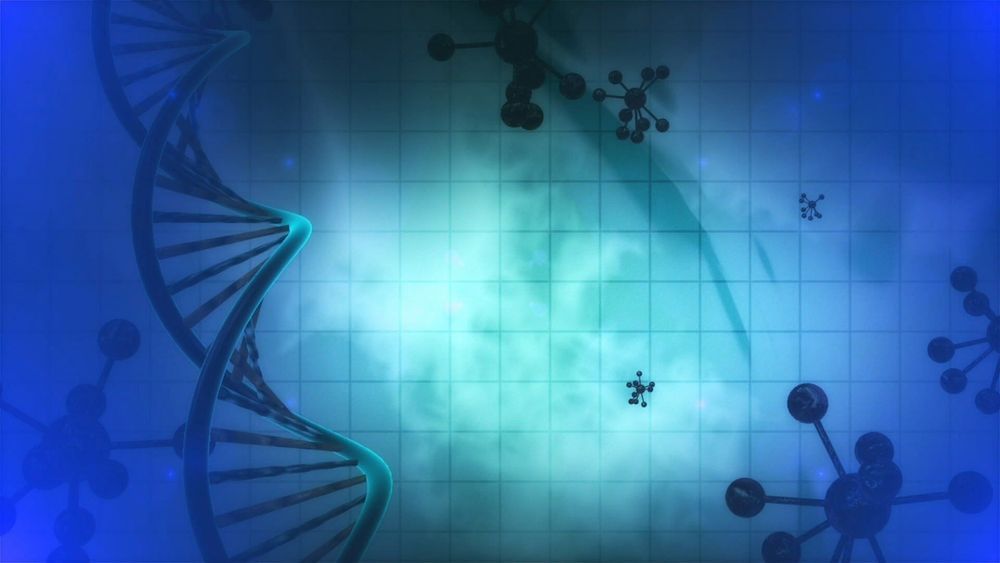
In the version of evolutionary theory most of us are familiar with, randomly occurring variation in traits, caused by mutations in our DNA, can be fixed in a population through natural selection. However, writing in Epigenetics journal, a team of Swedish researchers from Linköping University suggests that mutations that can be caused by environmental changes, not just random chance, might be responsible for species diversity.
Until quite recently, it was assumed that DNA mutations causing new gene variations occurred more or less randomly. While random mutations do occur, recent research has shown that genes can be altered by environmental influences too. According to a study published in Epigenetics journal, a particular type of mutation, linked to epigenetic changes, has, over time, led to new animal breeds—and could be responsible for whole new species.
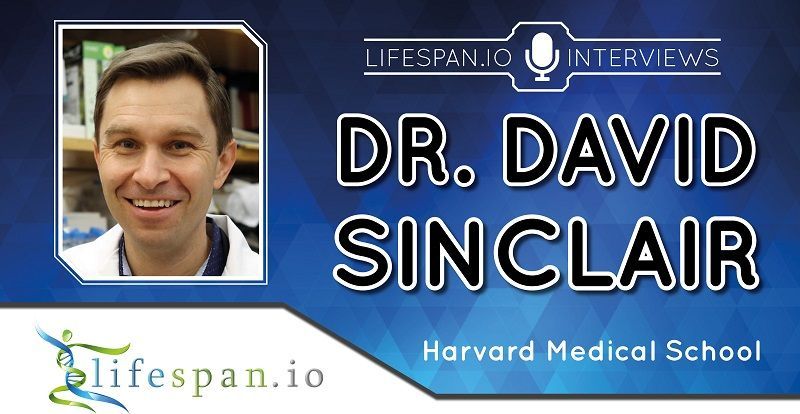
Dr. David Sinclair, a Professor of Genetics at Harvard Medical School, is one of the most well-known researchers in the field of rejuvenation, and his lab is the beneficiary of a successful Lifespan.io campaign.
Today, Dr. Sinclair is releasing his book on Amazon, “Lifespan: Why We Age and Why We Don’t Have To”, and on Wednesday, September 18, we will be hosting a webinar with Dr. Sinclair as well. Please contact [email protected] if you would like to join or have any questions regarding this webinar.
At International Perspectives in Geroscience, a conference hosted at Weizmann Institute of Science (Israel) on September 4–5, we had the opportunity to interview Dr. Sinclair about his work and his thoughts on the current state of research.
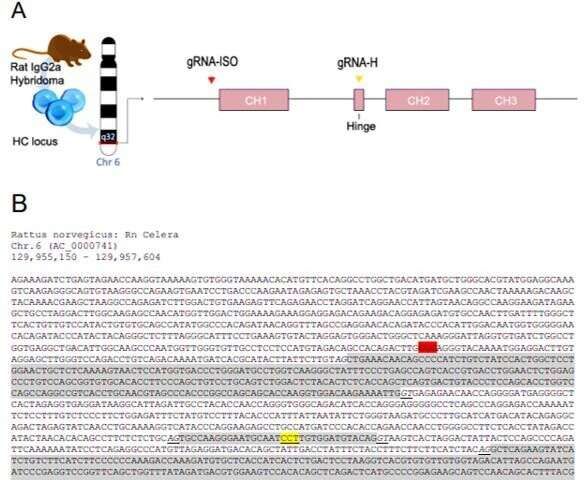
Bioengineers and life scientists incorporate hybridoma technology to produce large numbers of identical antibodies, and develop new antibody therapeutics and diagnostics. Recent preclinical and clinical studies on the technology highlight the importance of antibody isotypes for therapeutic efficacy. In a new study, a research team in Netherlands have developed a versatile Clustered Regularly Interspaced Short Palindrome Repeats (CRISPR) and homology directed repair (HDR) platform to rapidly engineer immunoglobin domains and form recombinant hybridomas that secrete designer antibodies of a preferred format, species or isotype. In the study, Johan M. S. van der Schoot and colleagues at the interdisciplinary departments of immunology, proteomics, immunohematology, translational immunology and medical oncology, used the platform to form recombinant hybridomas, chimeras and mutants. The stable antibody products retained their antigen specificity. The research team believes the versatile platform will facilitate mass-scale antibody engineering for the scientific community to empower preclinical antibody research. The work is now published on Science Advances.
Monoclonal antibodies (mAb) have revolutionized the medical field with applications to treat diseases that were once deemed incurable. Hybridoma technology is widely used since 1975 for mAb discovery, screening and production, as immortal cell lines that can produce large quantities of mAbs for new antibody-based therapies. Scientists had generated, validated and facilitated a large number of hybridomas in the past decade for preclinical research, where the mAb format and isotypes were important to understand their performance in preclinical models. Genetically engineered mAbs are typically produced with recombinant technology, where the variable domains should be sequenced, cloned into plasmids and expressed in transient systems. These processes are time-consuming, challenging and expensive, leading to outsourced work at contract research companies, which hamper the process of academic early-stage antibody development and preclinical research.
In its mechanism of action, the constant antibody domains forming the fragment crystallizable – (Fc) domain are central to the therapeutic efficacy of mAbs since they engage with specific Fc receptors (FcRs). Preceding research work had highlighted the central role of Fc in antibody-based therapeutics to emphasize this role. Since its advent, CRISPR and associated protein Cas-9 (CRISPR-Cas9)-targeted genome editing technology has opened multitudes of exciting opportunities for gene therapy, immunotherapy and bioengineering. Researchers had used CRISPR-Cas9 to modulate mAb expression in hybridomas, generate a hybridoma platform and engineer hybridomas to introduce antibody modification. However, a platform for versatile and effective Fc substitution from foreign species within hybridomas with constant domains remains to be genetically engineered.

While trying to regenerate the thymus gland, University of California, Los Angeles (UCLA) researchers might have found a solution to not only slowing down the ageing problem but actually reversing it, a new study claims.
Scientists volunteers in a California study were given a cocktail of three common drugs for one year- a growth hormone and two diabetes medications in order to stimulate the regeneration of thymus gland. However, according to a study published in Nature journal, researchers found that participants had lost an average of 2.5 years on their “epigenetic clock,” measured by analyzing marks on a person’s genomes.
“I’d expected to see slowing down of the clock, but not a reversal,” UCLA researcher Steve Horvath told Nature. “That felt kind of futuristic.”
